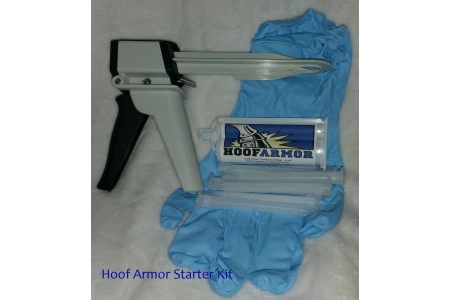Health and Safety Protocol - Natural Hoof Balance & Horse 
Workplace safety is important. Hoof Trimming & Bodywork can be dangerous. Safety around horses relies on good handling techniques. You have an important job, one that keeps the professional safe. No matter how quiet or how well you know your horse, a horse can react suddenly and unexpectedly.
This protocol is to inform and assist our roles while working, so we can protect yourself, myself and the horse from harm.
ACCEPTANCE OF THESE CONDITIONS ARE NEEDED BEFORE I CAN PROCEED
===================================================================
Plus please click on this link to read what my hooftrim/horsework definitions are.
https://www.nzhoofandhorse.com/page/hoof-trim
===================================================================
Health and safety legal requirements (WorkSafe NZ)
The primary duties of a PCBU (Person Conducting Business or Undertaking): = Thats me!
I WILL: ensure, as far as is reasonably practicable, that no-one’s health and safety is put at risk by my work
= Provide and maintain a safe work environment, including safe plant and structures, and safe systems of work
= provide the information, training, instruction, and supervision that is needed to protect everyone in the workspace
The Horse handler WILL (that's you!) =
= make sure your actions don’t harm yourself or other
= cooperate with any reasonable instructions given by the PCBU that you are working with.
OVERLAPPING DUTIES - YES!! Both of us have duties that overlap and we need to look out for each other.
RISKS FACTORS & GOOD PRACTICES
1. A secure working area is made available - (horse is able to be worked on without any outside interference). This area is free of obstruction and potential hazards. Only ONE horse in the secure work area at one time. The horse is ready to start the session on arrival by me.
2. Horse is familiar with leg handling and will hold one leg up safely without striking/kicking or any other movement directed towards the handler or professional in attendance.. Full price will still be charged if the horse does not cooperate and I am unable to practice on the horse.
3. The handler of the horse must remain 'present' while I am working with the horse i.e. no cellphone use. The handlers role is to protect me while my attention is tasked to the job at hand (head down/ head away etc.) The horse too, needs to be ‘present’ during the session. The handler will ensure the attention of the horse is kept to the task at hand and is not distracted - eg feeding, patting, cuddling, allowing the horse to graze.
4. The handler of the horse MUST NOT interfere with the horse while I am working on the horse. Stay present and remember your role is to help me stay safe while I am lifting the hooves or massaging. Now is not the time to pull manes, pick and fiddle with parts of the horse.
5. Is the visit at ‘feed time’?? Feed the horse NOW.
6. The handler will not take other horses away after their ‘session’ has finished. The horse/s will remain until all horses have been attended to by me.
7. I sometimes will 'work alone'. This is only done upon prior arrangement with the owner and it is initiated by me.
REASONS TO NOT CONTINUE TRIMMING/BODYWORK
1. One kick from your horse is all it takes. I WILL NOT return for a revisit for that horse or any other horse owned by the handler/owner. It may seem like a harsh decision - but one that is for my safety. There will be no revisits.
1a. The definition of a kick is an intentional sideways limb movement aimed at the person working on the horse - me.
2. If the horse becomes unmanageable during the bodywork/trimming session the session is deemed finished. Full price will still be charged.
ANY QUESTIONS???????









